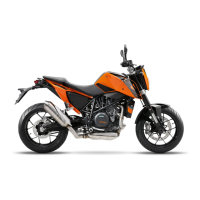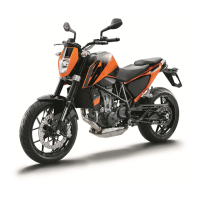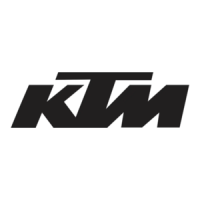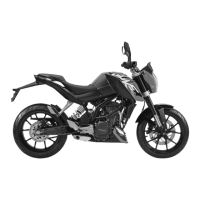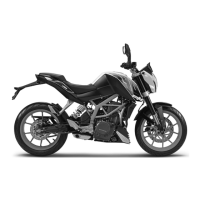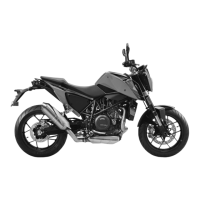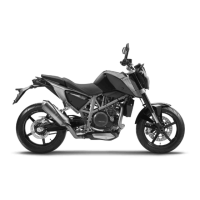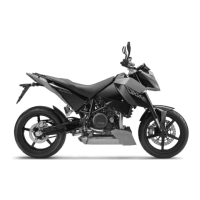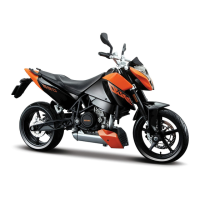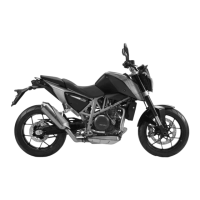What to do if KTM 2016 690 DUKE R Motorcycle engine turns but does not start?
- AAntonio CantrellAug 19, 2025
If your KTM Motorcycle engine turns over but doesn't start, it could be due to several reasons. You might be experiencing an operating error, so double-check the start procedure. Fuse 3 could be blown, or the fuel hose connection might not be properly connected. Other potential causes include a defect in the fuel injection system, opening the throttle while starting, a very dirty air filter, or a very dirty fuel filter. For a fuel injection system defect, use the KTM diagnostics tool to read the fault memory. When starting, avoid opening the throttle. If the air filter is dirty, remove and reinstall it.
